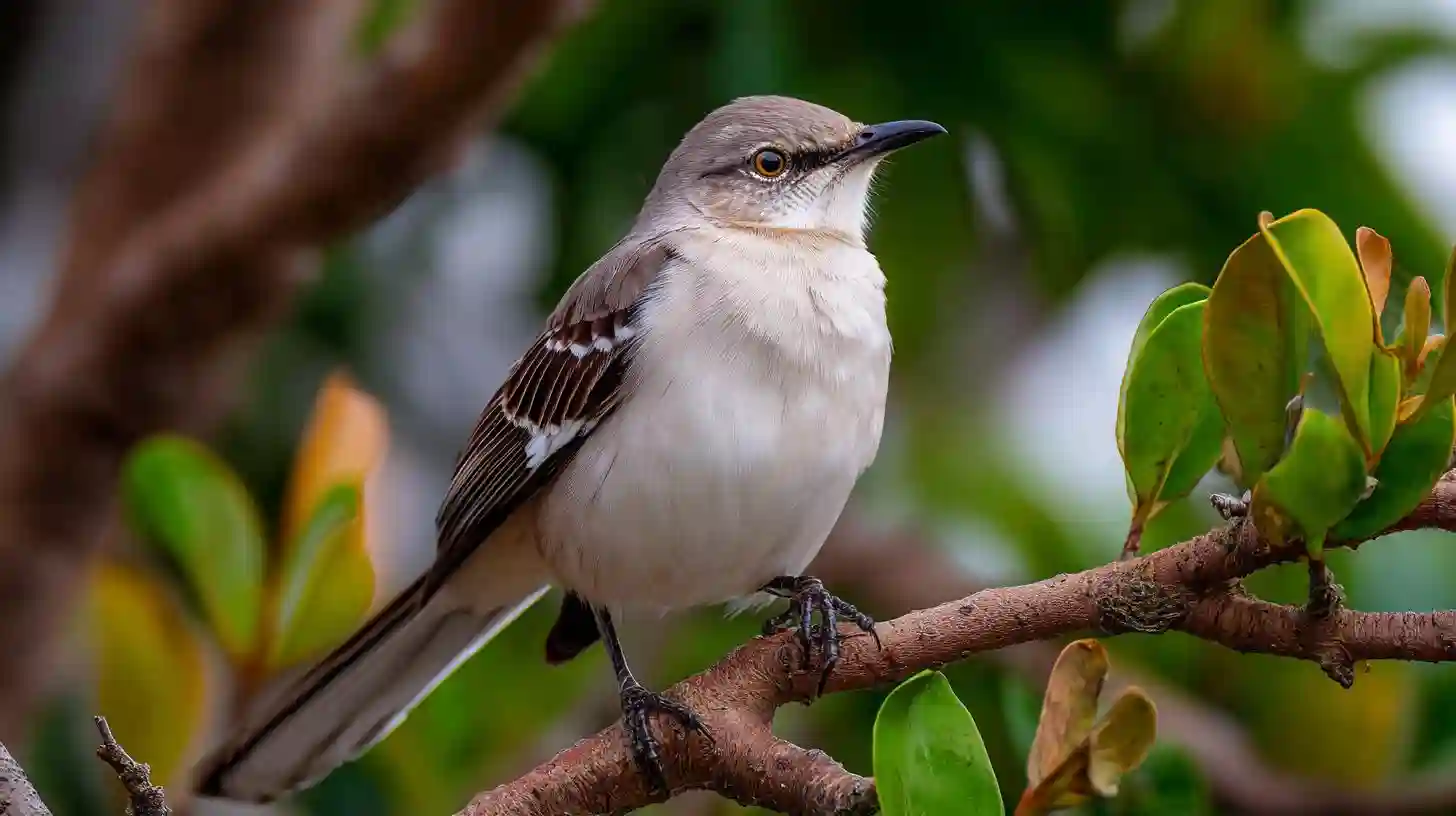
The mockingbird, often regarded as one of nature’s greatest little singers, possesses a remarkable ability to mimic the sounds of its environment. This bird, known scientifically as *Mimus polyglottos*, has a vast vocal repertoire that can include the calls of other birds, animals, mechanical sounds, and even human-made noises. Found primarily across North and Central America, the mockingbird is a familiar presence in both urban and rural settings. Its unique voice is not merely a means of communication but a testament to its adaptability and intelligence.
One of the most fascinating aspects of the mockingbird's vocal abilities is its capacity to mimic up to two hundred distinct sounds. Unlike many other birds, whose songs are fixed and innate, the mockingbird learns its vocalizations over time. Each mockingbird has its own personal collection of sounds, some of which can be extraordinarily complex and varied. These include the calls of hawks, the sounds of car alarms, and even the cries of domestic animals like cats and dogs. The bird is also known to imitate the melodies of other songbirds, often weaving these sounds into intricate, almost musical sequences.
A mockingbird’s song is not a random jumble of noises, however. It is a carefully structured performance, one that serves various purposes. During the breeding season, male mockingbirds use their vocal talents to attract mates. A varied and elaborate repertoire is a sign of good health and genetic fitness, making the bird’s song a tool for securing a partner. The more diverse and convincing the song, the more likely a male is to draw the attention of a female. This is not unlike the behavior seen in many species where elaborate displays or skills are a way to demonstrate fitness.
Interestingly, mockingbirds do not merely imitate for the sake of attracting a mate. Their songs also function as a territorial display. By mimicking the sounds of other birds, including predatory species, the mockingbird warns other males to stay away from its territory. The vast range of sounds in its repertoire allows it to create the illusion of a more powerful, occupied territory, deterring rivals from entering.
Another unique aspect of the mockingbird’s voice is its ability to produce songs at all hours of the day and night. While many birds are strictly diurnal, singing only at dawn or dusk, the mockingbird is not bound by these patterns. It can be heard serenading its surroundings at any time, with some individuals even continuing their songs throughout the night. This behavior is particularly common during the breeding season, when the male is attempting to assert dominance and attract a mate. The constant song can become a familiar soundtrack in areas where mockingbirds thrive, from suburban neighborhoods to city parks.
What is particularly captivating about the mockingbird’s vocal talents is the complexity behind its imitations. The bird has an excellent memory, and it can remember the sounds it has heard for a long time. It doesn’t just replicate a sound; it often modifies it, adding its own twist. For example, a mockingbird might mimic the call of a hawk, but with a slight variation, making it sound different from the original. This ability to reinterpret sounds adds a layer of creativity to the bird’s song, setting it apart from other imitators in the animal kingdom.
The mockingbird’s role in folklore and popular culture is another testament to its unique voice. It has long been a symbol of resilience, adaptability, and the power of expression. The bird’s capacity to mimic human-made noises has also earned it a place in stories, poems, and even songs. In some cultures, the mockingbird is revered for its ability to bridge the natural and human worlds, bringing together the wild and the cultivated through its diverse song.
However, the mockingbird is not without its critics. Some people find its relentless singing at night to be a nuisance, especially in urban environments where the sound can be amplified by buildings and streets. For others, though, the mockingbird’s song is a reminder of the beauty and diversity of life in even the most crowded places. The bird’s presence in cities is a symbol of nature’s ability to thrive amidst human activity, adapting and flourishing despite the challenges posed by modern living.
The mockingbird is not just a singer; it is an embodiment of nature’s creativity and adaptability. Its voice, with its incredible range and versatility, allows it to carve out a unique niche in the animal kingdom. Whether it is imitating the call of a predator, wooing a mate with an elaborate song, or simply filling the air with a chorus of sounds, the mockingbird proves that sometimes the most extraordinary performances come from the most unexpected places. Its song, diverse and ever-evolving, is a reminder that nature’s most remarkable feats are often the ones that we take for granted, hidden in plain sight, like the melody of a small bird in a big world.